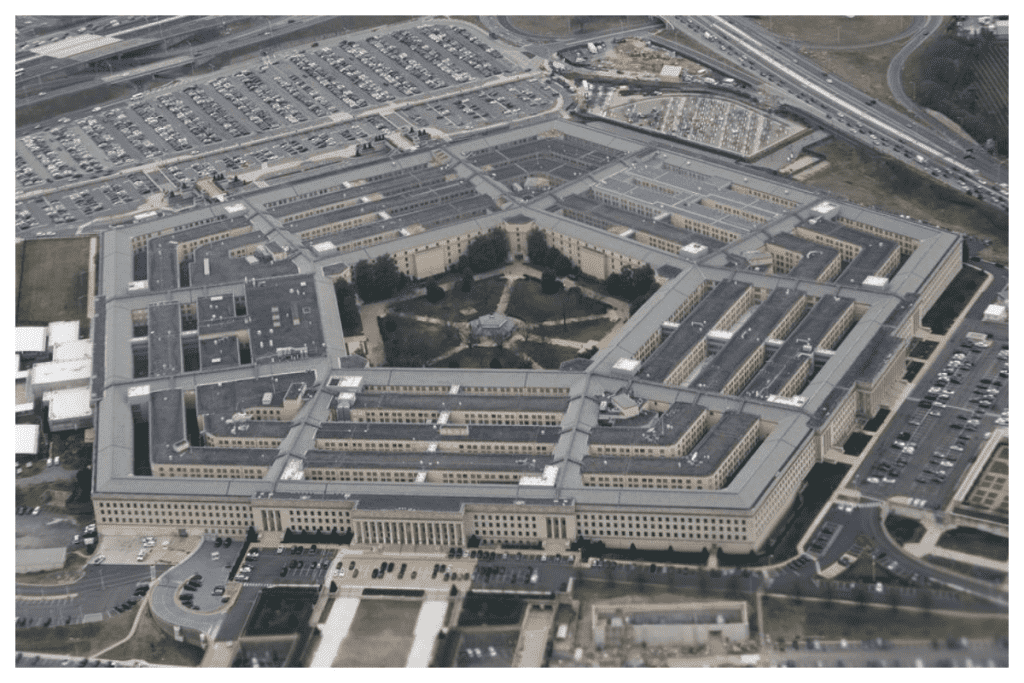The Pentagon (United States Department of Defense) is developing a new plan to compete with China and Russia, and the plan is called “balloons.”
According to Politico, the high-altitude inflatables, which fly at altitudes ranging from 60,000 to 90,000 feet, would become a part of the Pentagon’s massive surveillance network and may potentially be used to detect hypersonic weapons.
The concept may sound absurd, but Pentagon budget documents show that technology is being transferred from the DoD’s research community to the military services.
“High or very high-altitude platforms have a lot of benefit for their endurance on the station, maneuverability, and also flexibility for multiple payloads,” said Tom Karako, senior fellow for the International Security Program and Missile Defense Project director at the Center for Strategic and International Studies.

Since the balloons could be utilized for several military purposes, the Pentagon has provided financial clout for these programs. Budget documents show that over the past two years, the Pentagon has spent around $3.8 million on balloon programs and plans to spend $27.1 million in the upcoming fiscal year 2023 to continue work on several operations.

Even though the most recent test on Wednesday failed, the Pentagon is still developing its hypersonic weapons program. The balloons may aid in tracking and blocking hypersonic missiles developed by China and Russia, which would be advantageous for the US.
In August, China shocked the Pentagon by conducting a nuclear-capable hypersonic missile test; the missile narrowly missed its objective by about two dozen miles.

One way the balloons could help track the missiles is by augmenting sophisticated satellites. According to Politico, the teardrop-shaped balloons collect detailed data and navigate using AI algorithms.


